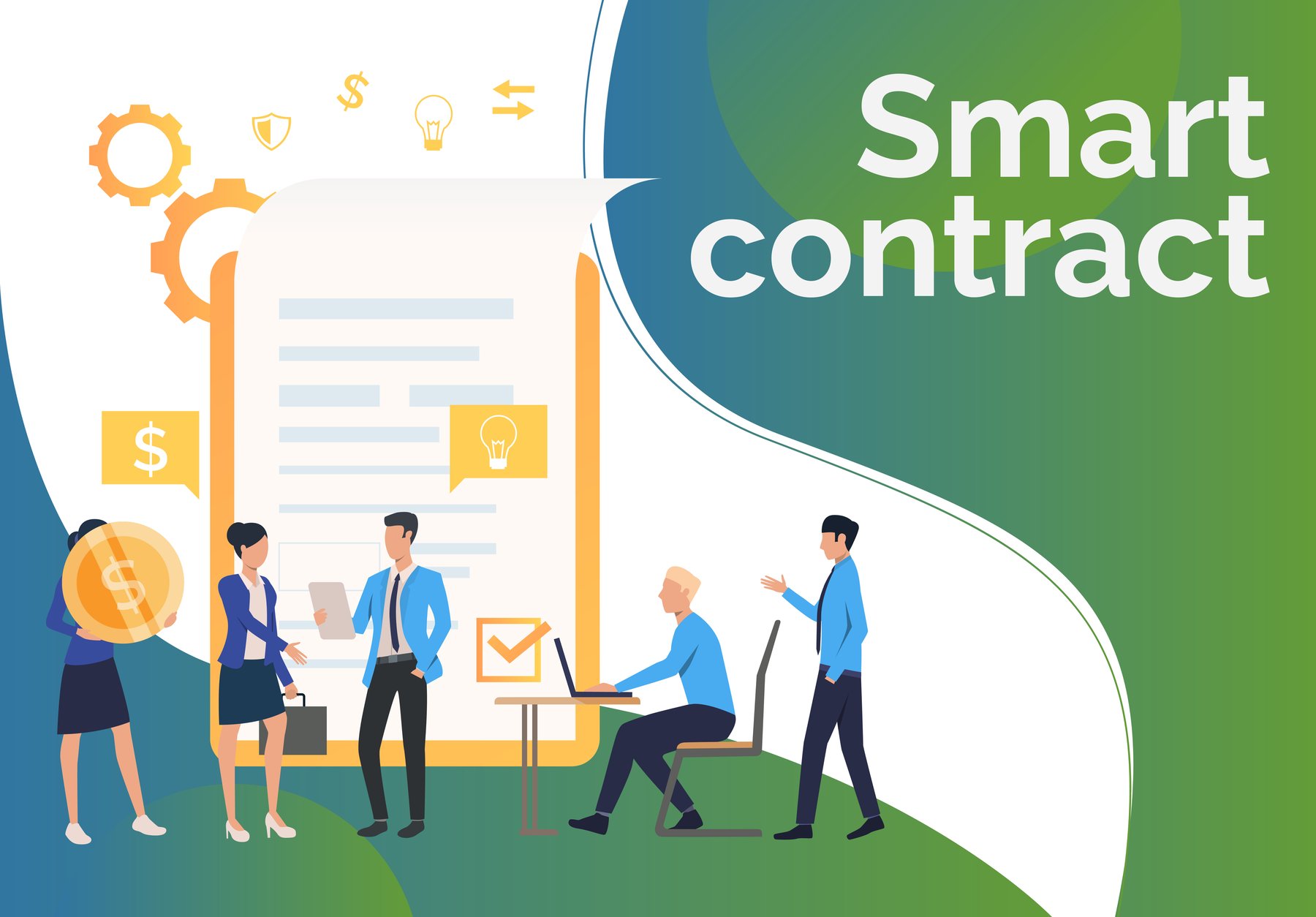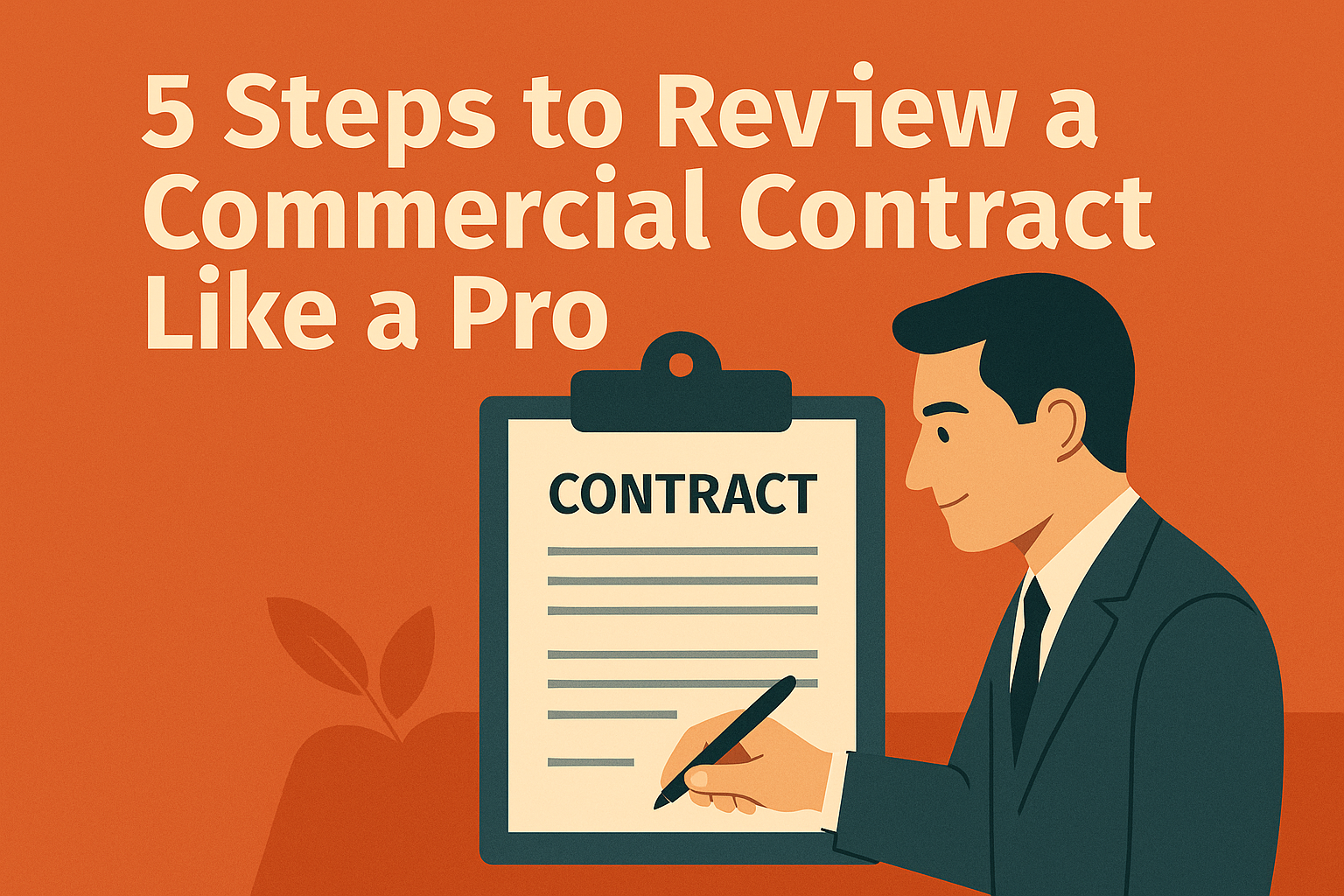
AI is changing how legal teams work — but not all workflows are created equal.
If you’re exploring legal AI, there’s one area that consistently delivers results: contract review. Whether you’re a corporate counsel, a firm partner, or a legal ops leader, contract workflows offer a unique balance of scale, structure, and speed, making them the ideal starting point for thoughtful AI adoption.
But success isn’t automatic. Poor implementation, overengineered solutions, or tools that don’t fit your real work can slow you down instead of speeding you up.
Here’s how to get it right.
Why Contract Review Is a Smart AI Starting Point
Contract review checks all the right boxes for early AI adoption:
- Clear scope. Reviewing NDAs, MSAs, DPAs, and other common agreements follows recognizable patterns.
- Repeatable structure. You’re often looking for the same issues, risks, and edits across documents.
- Immediate ROI. Hours saved per agreement = real, measurable value for teams that need to scale their operations.
- User familiarity. Most legal professionals already work in Word — no need to reinvent their environment.
It’s a practical entry point, not a leap of faith.
Common Pitfalls to Avoid
AI for contract review sometimes fails not because the tech is bad, but because the implementation misses the mark.
Here are the most common mistakes:
- Overengineering the process: Teams build complex clause libraries, redlining rules, or approval workflows before they’ve validated a single tool in practice.
- Ignoring core integrations: If your AI tool doesn’t work well with Word or your document management system, adoption will suffer.
- Neglecting user experience: Even the most powerful AI will fail if it slows down the reviewer or breaks their workflow.
- Treating AI as a replacement: Legal review still requires expert (human) judgment. AI should augment that, not override it.
- Underinvesting in rollout: Training, feedback, and iteration are critical. Even if an AI tool is plug-and-play, successful adoption requires more steps than just installing it.
Best Practices for Implementation
So what does work?
Start small
Pilot one workflow, one team. Validate fit before scaling.
Measure adoption, not just output
If the tool is technically strong but no one uses it, it’s a bad fit.
Stay in Word
Wherever possible, keep reviewers in their native environment.
Keep humans in the loop
AI can flag issues, draft clauses, and suggest redlines, but a trained legal eye should still make the final call.
Iterate fast
Use team feedback to adjust models, templates, or even internal playbooks.
Success comes from targeted, tactical use, not sprawling complexity.
What to Look for in AI Contract Tools
The best AI-powered contract review tools don’t just promise automation. They:
- Integrate directly into Word, where most review happens
- Make markup fast and intuitive, not abstract or hidden
- Focus on usability and speed, not just features
- Allow you to pilot quickly without heavy customization
- Provide transparency and control, not black-box decisions
Put simply: AI tools should enhance your existing workflows, not make you work differently. Tools that deliver on these principles tend to see higher adoption and stronger results.
How BoostDraft Aligns With These Principles
BoostDraft was built with this exact use case in mind.
Works where you work
It’s embedded directly in Word — fast, accessible, and lawyer-friendly.
Fast
AI-assisted review is instant, with no lag or clunky interfaces.
Modular
Use BoostDraft alongside your existing tools — no rip-and-replace required.
Designed for legal professionals
BoostDraft is built by lawyers, with lawyers, for lawyers.
Flexible
Try it on a single workflow or scale it across teams.
Whether you're reviewing vendor NDAs or enterprise DPAs, BoostDraft helps you move faster without losing control.
The Bottom Line
Contract review is where AI can truly shine, if implemented with care.
Focus on practical applications. Keep the workflow close to what already works. And choose tools that meet lawyers where they are, not where the tech forces them to go.
To go deeper, download our Legal AI Implementation Guide.
And if you’re ready for a smarter contract review experience, try BoostDraft.


